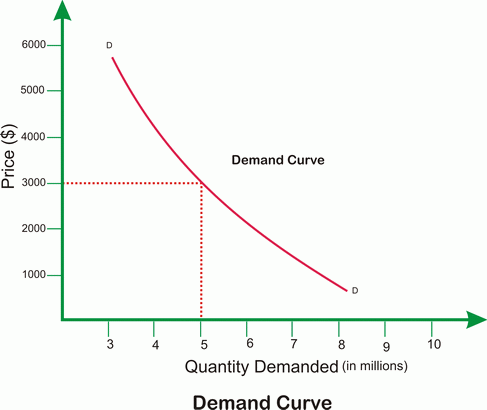
Table of Contents
Law of Large Numbers
What is the Law of Large Numbers?
From the financial perspective, the law of large numbers suggests that the large organization that has been experiencing rapid growth and development cannot grow at the space pace forever. It is often calculated in percentages. It states that the growth pace of the business is highly unlikely to remain the same forever. The Law of large numbers origin was dated back in the 16th century. A famous mathematician named “Gerolama Cardano” identified the law. However, he could not prove it. Eventually, Jakob Bernoulli proved this law in 1713.

The law of large numbers is commonly used in statistics. In fact, the law is applicable to different subjects. It is not practically possible to survey each person from the given population to gather the required data. However, it suggests that the more people you survey, the higher the chances that the outcome you get is accurate or closer to the mean. Let’s understand the application of the law of large numbers in terms of business and statistics.
Law of Large Numbers and Business Growth
In the business and financial Industry, the law of large numbers indicates the growth cycle of the company. As mentioned above, it suggests that the organization cannot develop at the same rate all the time. However, this observation is not from the law of large numbers. It is rather derived from the law of diminishing marginal returns.
For instance, Walmart Inc. reported revenue of $485.5 billion in the year 2015. In the same year, Amazon reported a whopping revenue of $95.8 billion. If Walmart Inc decided to grow its Income by 50%, it had to make an additional $242 billion. Amazon, on the other hand, would require only $47.9 billion to achieve the same goal. Now, the law of large numbers suggests that it would be more challenging for Walmart to increase its revenue by 50% than Amazon.
Talk to our investment specialist
Law of Large Numbers in Statistics
In statistics, the law of large numbers can be defined as a theorem that tells the outcome of performing one experiment multiple times. The law suggests that the result generated from a large number of experiments is likely to be close to the expected value. Besides that, it is likely to get closer to the average as more experiments are performed. The theorem is extremely important in statistics as it provides a stable long-term outcome.
Let’s understand this with an example. Suppose you spin the roulette wheel at a casino. You win the round. The casino must have lost one spin, but if you perform a large number of spins, the results are likely to be in favor of the casino. In other words, there is a good chance the casino will get closer to its expected or predictable value with each spin.
One important thing to note here is that the law of large numbers applies to the results where a large number of trials or experiments are being performed.
All efforts have been made to ensure the information provided here is accurate. However, no guarantees are made regarding correctness of data. Please verify with scheme information document before making any investment.












